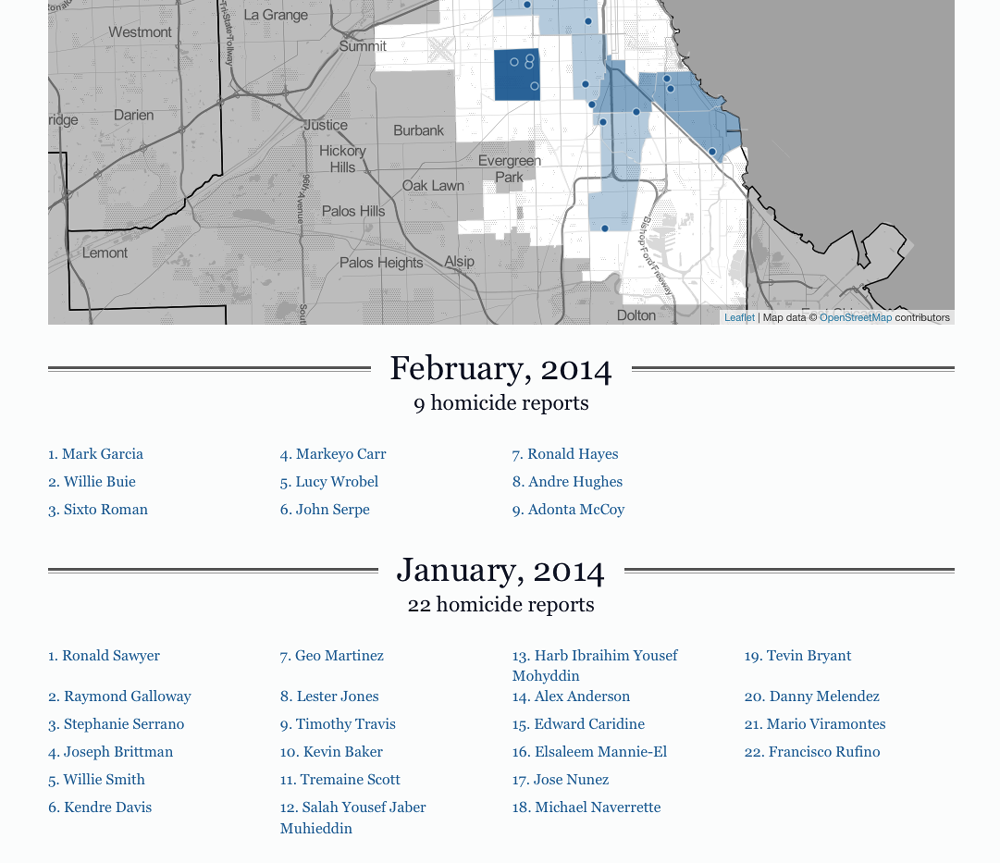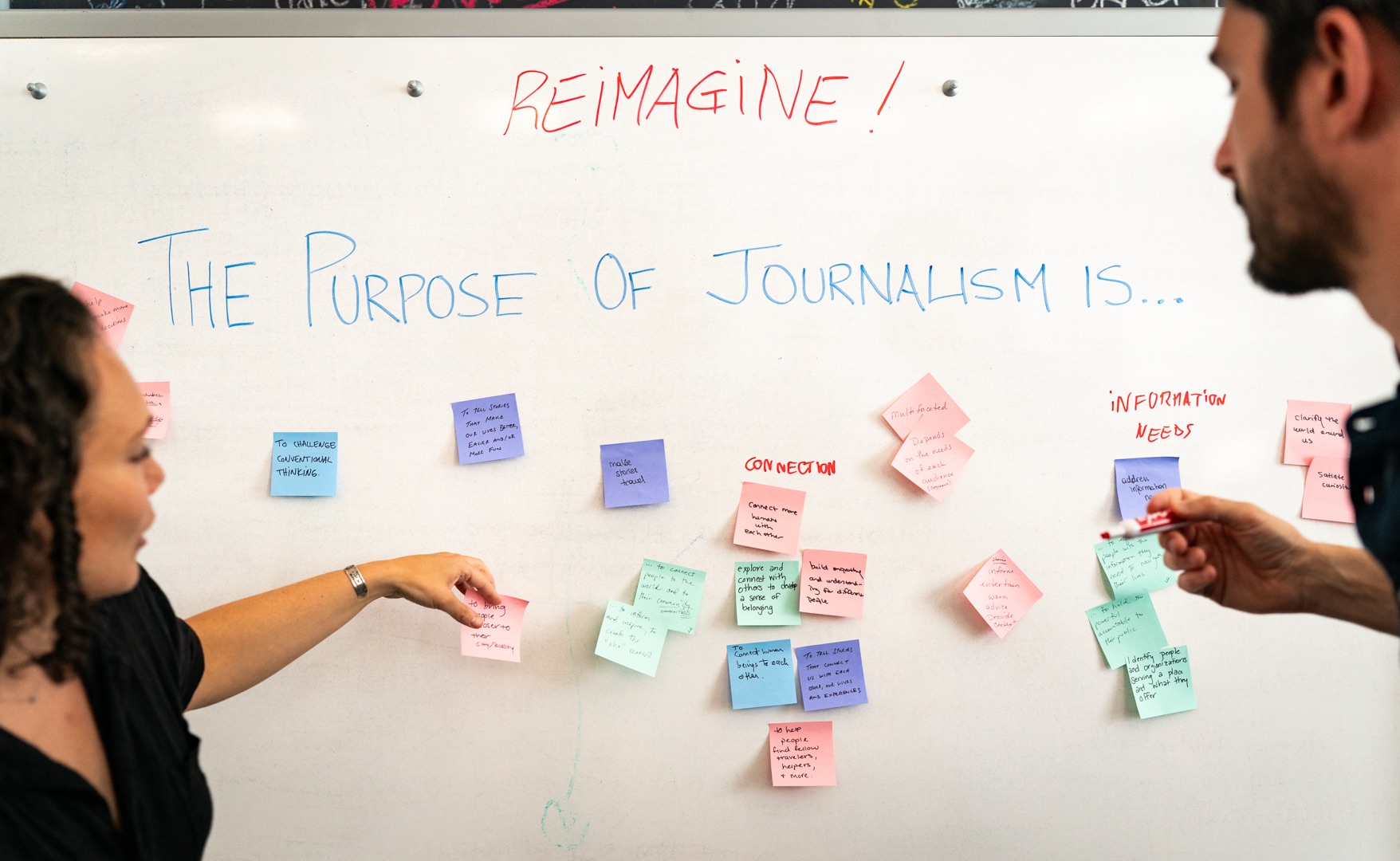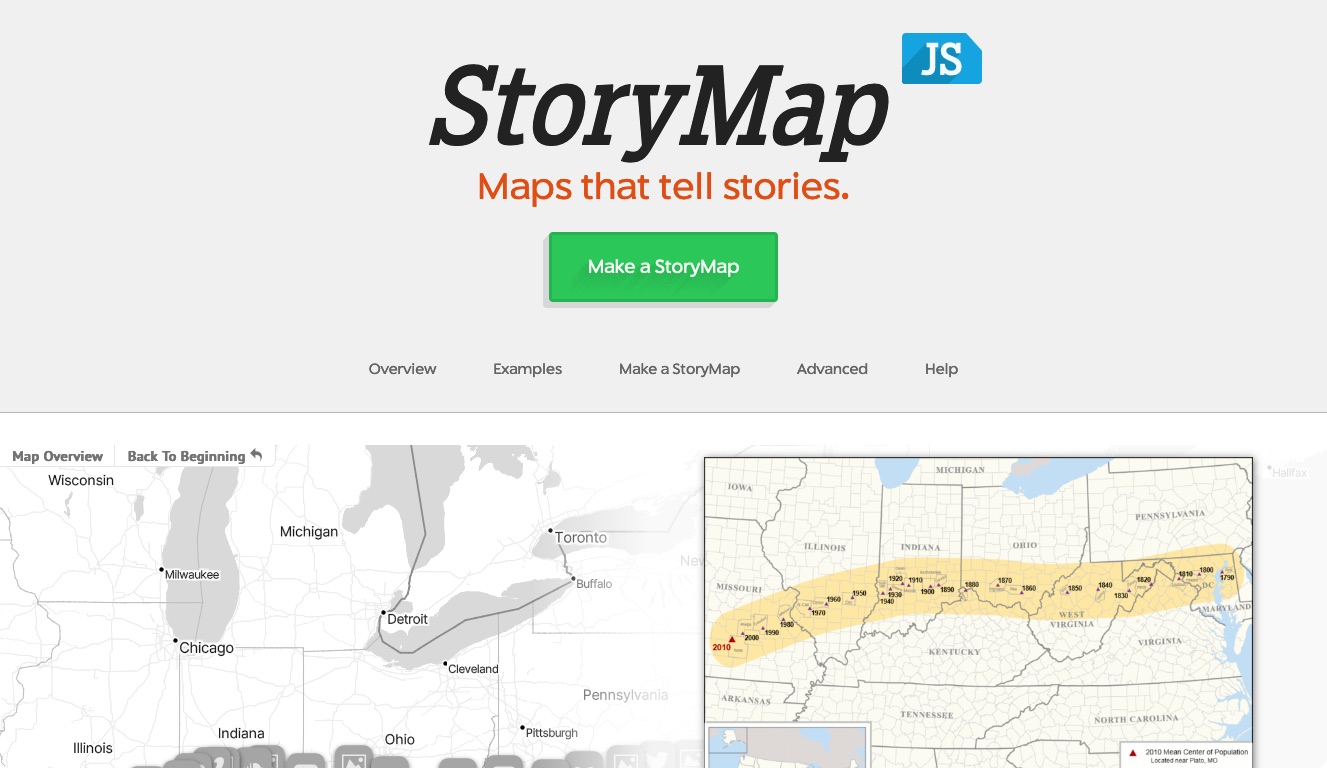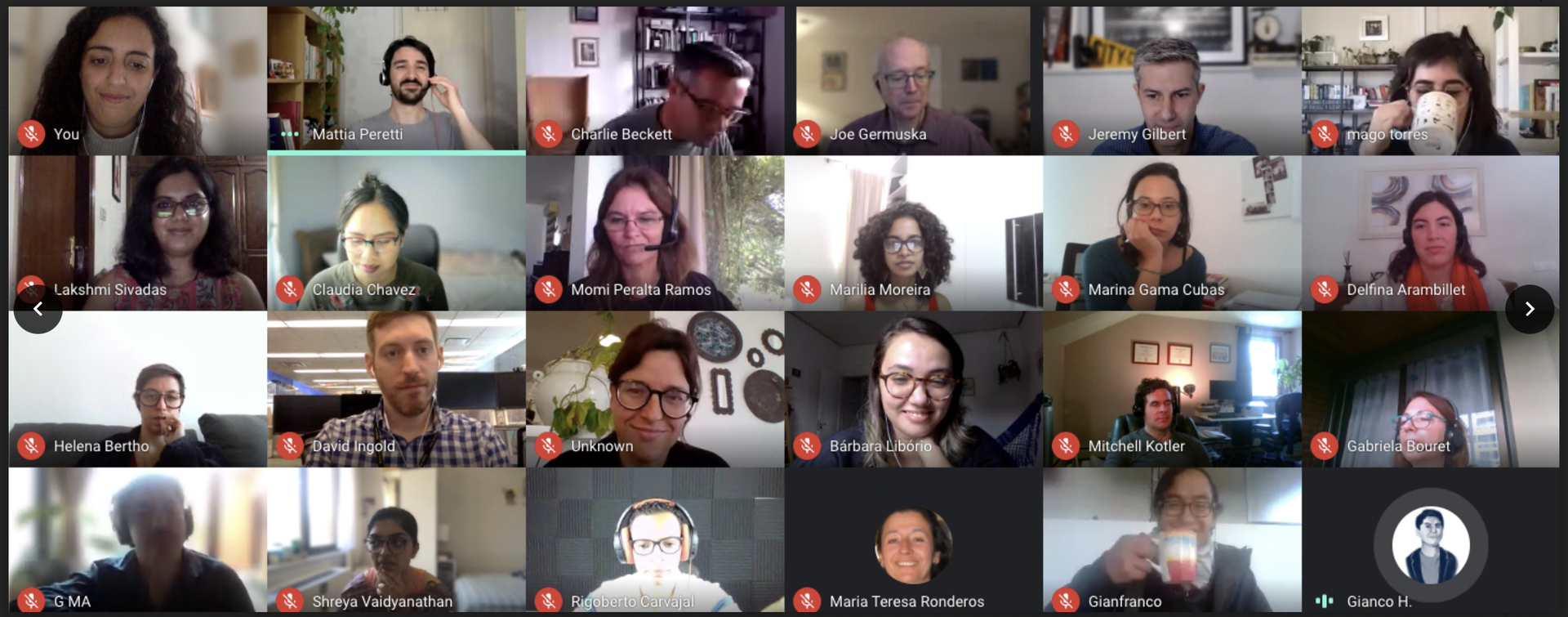
I’m constantly in awe of the newest “data-driven news app.” I ooh and ahh at choropleth maps and play around with filters, marveling at what I’ve always thought to be the product of exclusive scraping, APIs and D3. I didn’t really think beyond the data wrangling and visualization toolkit.
When the Los Angeles Times launched a redesign of The Homicide Report, I marveled at that, too. But this time, instead of concentrating on the map and database (which I admittedly played around with for a solid five minutes), I focused on the project's blog and extensive detail and coverage that accompanied each post. There truly was “a story for every victim” as the site aims to provide.
I started to think more about data-driven crime apps and the role humans play in making those apps come to life. I looked first at Chicago, which is an interesting case because it's known for its open data. To learn more, I talked to Tracy Swartz, a RedEye reporter who runs that publication's homicide blog, and Heather Billings, a Chicago Tribune news apps developer, about the importance of humans in news apps, and crime applications specifically.
Swartz has a unique perspective on the role humans play in crime reporting and apps because she led RedEye's effort to cover every homicide in Chicago and mapped murders by hand with Google Maps back in 2009. Her efforts would eventually become RedEye’s “Tracking homicides in Chicago.” The shift from blog posts and hand-curated map to proper news application came a few years later when the City of Chicago’s Data Portal opened and the newly-formed Trib Apps team re-purposed the LA Times’ Homicide Report for RedEye.

Today, Swartz continues to write posts and wrangle homicide data that's automatically sent to the live site via spreadsheet. Though the site has not undergone any redesign since then, new spreadsheets with the yearly homicide data that power the application are available for download.
Over at RedEye’s sister publication, the Chicago Tribune, the Trib Apps team in 2012 launched “Crime in Chicagoland,” which allows readers to explore crime data by crime type, neighborhood, and change over time. Similar to RedEye’s homicide blog, “Homicides in Chicago” now includes reported coverage of each victim’s story, as well as a citywide view of yearly homicides.
Both the Chicago Tribune and RedEye capture a bird’s-eye-view (which is where data excels) and on-the-street perspective (which is where humans excel) of crime in Chicago.
“People like to see context,” Billings explained. “You can see what else is going in that area, not just homicides or shootings, but the picture of the community as a whole.”
Although the two crime apps make extensive use of data, humans play the crucial role of sourcing and compiling the individual stories that sparked my interest.
Swartz agreed that “source reporting is a big part of this app.” Humans obviously tell stories, but they also gather some specific data about homicides – victims’ names, for example – that is not publicly available. Even more importantly, the Chicago Police Department (CPD) doesn't necessarily report every homicide to the media, so additional information must be gathered directly from calls to CPD and the Cook County Medical Examiner’s Office
I’ve found that even in data-driven features, humans are still needed to find the information that makes stories complete and gives them more impact. In the case of crime apps, this means hand-curating items you’d think would be included in the data — like victims’ names or the nature of a homicide — but also coming up with ways to provide continued and meaningful coverage for readers.
That additional coverage, generates an “air of reliability” that resonates more with readers, noted Billings.
Although data applications would obviously not exist without openness and collaboration with government-provided data and the talent of newsroom developers, the same can be said for the heavy lifting reporters do. The next time I see a data-driven app, I’ll appreciate the visualization as much as I always have, but I’ll also be looking for the ways it brings the human element in amongst the numbers.
About the author





